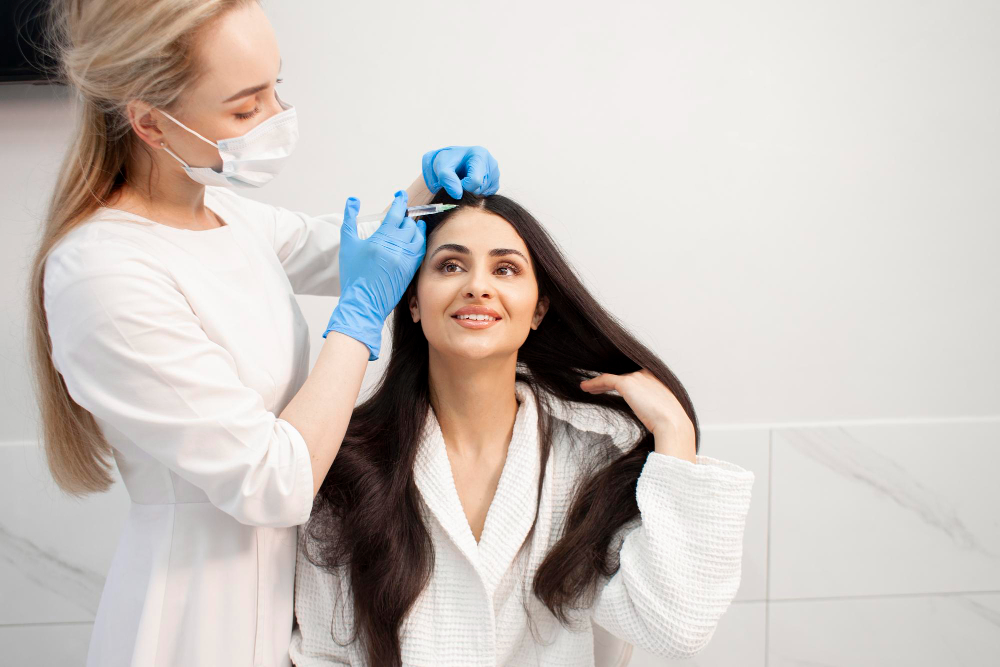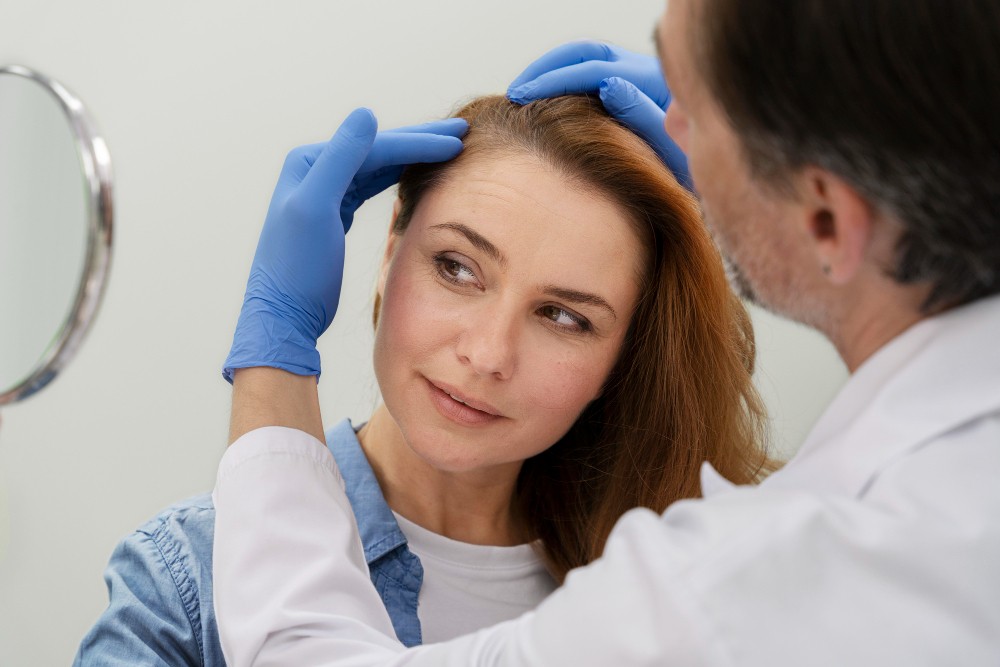Quote of SE Hair Clinic Seda Erdogan
Female Pattern Hair Loss, also known as Androgenetic Alopecia, is the most common cause of hair loss in women. Before recommending an appropriate treatment plan for women, the type and causes of hair loss should be accurately determined, often done by a dermatologist.
Determining whether hair loss is permanent or temporary, progressive or stable, can assist in choosing the most effective treatment program.
Hair transplantation provides a permanent solution for hair loss in women and is often a popular choice among women experiencing localized or male-pattern hair loss.
Regardless of the hair loss treatment chosen, it should be specifically planned and personalized for women.
- Health Insurance
-
Accommodation
- Online Healthy Life Assistant 9/5
- Post - Experience Follow Up 6 Month
-
Extra Privileges
- Transfer

- Health Insurance
-
Accommodation
- Online Healthy Life Assistant 24/7
- Post - Experience Follow Up 1 Year
- Pre-Treatment Doctor Consultation
-
Extra Privileges
- Transfer

 Private
Private
- Health Insurance
- Healthy Life Butler
- Post - Experience Follow Up 2 Year
- World-Famous Doctor Consultation
-
Extra Privileges
No suitable hotels were found on the relevant dates!
* Price varies depending on extra and upgrade selections.
Candidates for female hair transplants typically have stable donor areas with healthy hair follicles. It's crucial to consult with a our hair transplant surgeon to assess your specific situation and determine if you are a suitable candidate.
Recovery times vary, but most women can return to their regular activities within a week or two. It's essential to follow post-operative care instructions provided by your surgeon to ensure a smooth recovery and optimal results.
Skilled surgeons aim to create a natural-looking result. However, it may take several months for transplanted hair to grow and blend seamlessly with existing hair. Patience is key, as full results may not be visible until 9-12 months post-surgery.
Yes, once the transplanted hair has fully grown, you can treat it like your natural hair. However, it's essential to follow post-transplant care guidelines and avoid harsh treatments during the initial recovery phase.




